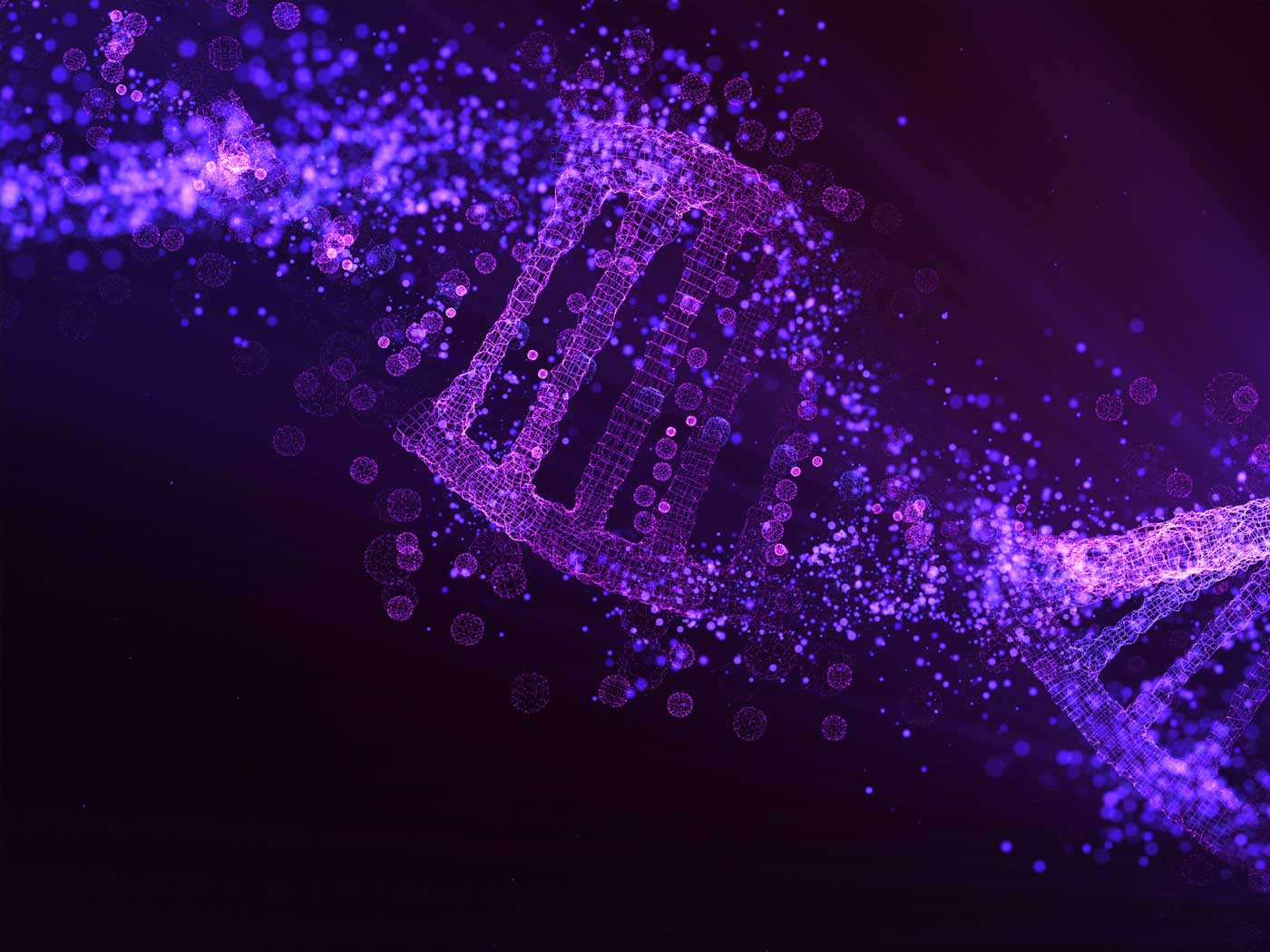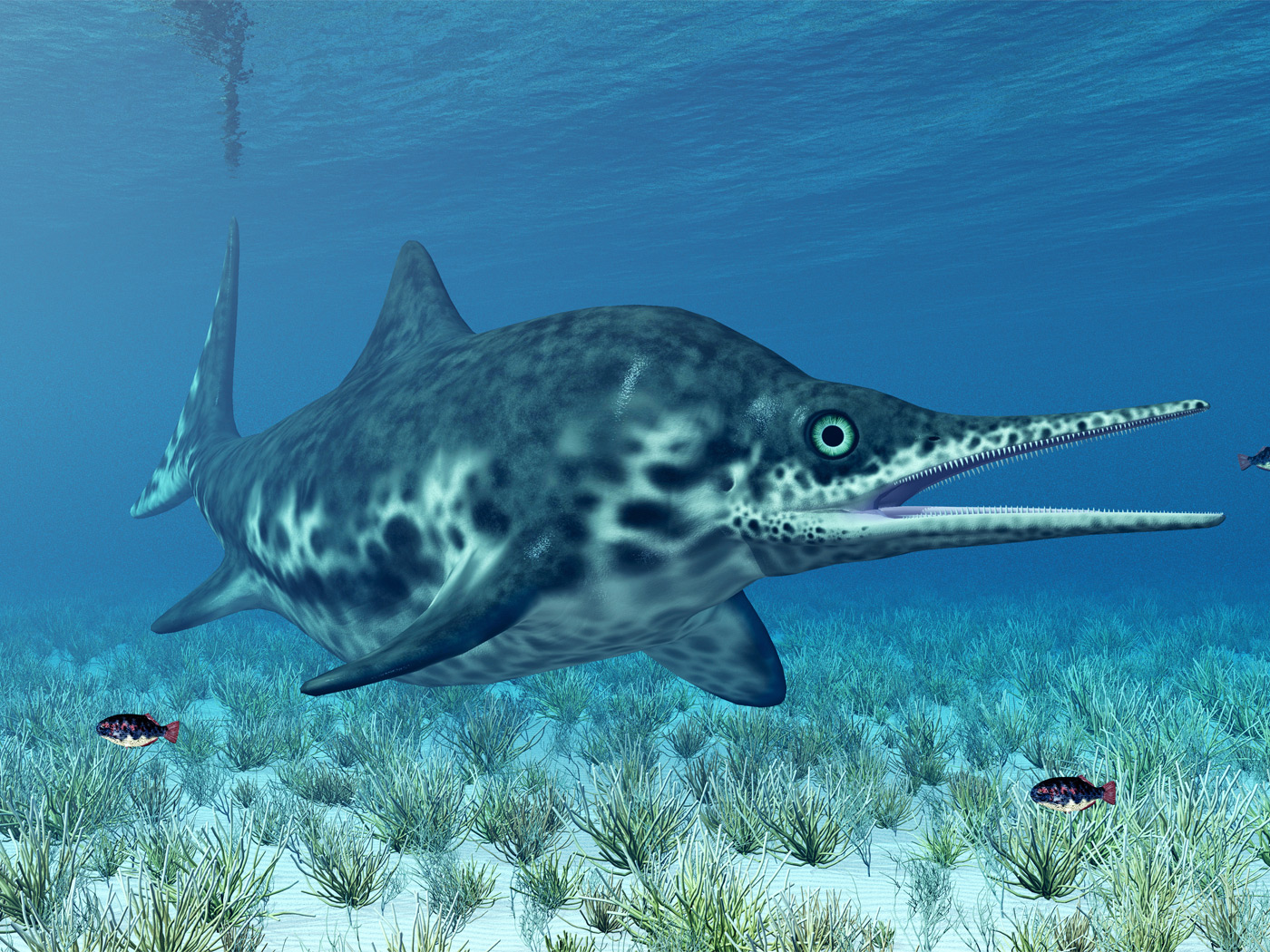If life evolved from non-life through natural processes, then the organism most likely to resemble the first living cell would probably be the parasitic bacteria of the genus Mycoplasma. It has very little DNA and contains only a small number of proteins, and yet is a functional organism. This “primitive” cell, however, is proving to be anything but simple.
Scientists recently conducted a highly detailed investigation of how Mycoplasma cells function with such few elements, and they discovered that there is more to this bacterium than the sum of its parts. In fact, the researchers were surprised to find extremely complicated cellular processes that had been assumed for decades to function only in eukaryotic cells—like those of plants and animals.
In their report published in the journal Science, Howard Ochman and Rahul Raghavan, professors at the University of Arizona’s Department of Ecology and Evolutionary Biology, reviewed studies that investigated “how a cell actually accomplishes” its necessary processes. They discovered “highly structured, multifaceted regulatory machinery, which is unexpected.”1
Specifically, they found evidence in Mycoplasma pneumoniae for a “complex transcriptional landscape,” which includes some RNA molecules that are destined for use in translation to proteins, as well as other RNA molecules that are apparently used to regulate how fast or slow those proteins are manufactured.
The researchers also found that different environments trigger alternate rates of gene expression, and that the same area of DNA can make different RNA transcripts. These features are “much more dynamic and versatile than previously thought.”1 They discovered that several proteins have more than one function and can serve in different metabolic pathways. They even found evidence that proteins can be altered after they are made within the cell. This process is called “post-translational modification” and was previously thought to exist only in eukaryotic cells, not in bacterial cells at all.
Almost as remarkable as these findings is the incisiveness with which the study’s authors refuted the standard evolutionary explanation for bacterial systems origins. They wrote, “How did these remarkable layers of gene regulation and the highly promiscuous [multifunctional] behavior of proteins in M. pneumoniae arise?”1 They then described how natural selection is known to reduce—not increase—the volume and erode the quality of DNA in these kinds of bacteria.
“Accumulation and fixation of deleterious mutations in seemingly beneficial genes” could not construct the complicated regulatory networks that are now known to pervade what can no longer be called “simple” bacteria.1 It appears that what may have been considered one of the more minor members of the creation, even though marred from the ravages of time, yet retains a remarkable reflection of its Creator’s engineering wisdom.2
Reference
- Ochman, H. and R. Raghavan. 2009. Excavating the Functional Landscape of Bacterial Cells. Science. 326 (5957): 1200-1201.
- See also Sherwin, F. 2001. Just How Simple Are Bacteria? Acts & Facts. 30 (2); Thomas, B. 2008. More Than Just “Complex.” Acts & Facts. 37 (12): 15.
* Mr. Thomas is Science Writer at the Institute for Creation Research.
Article posted on January 4, 2010.























